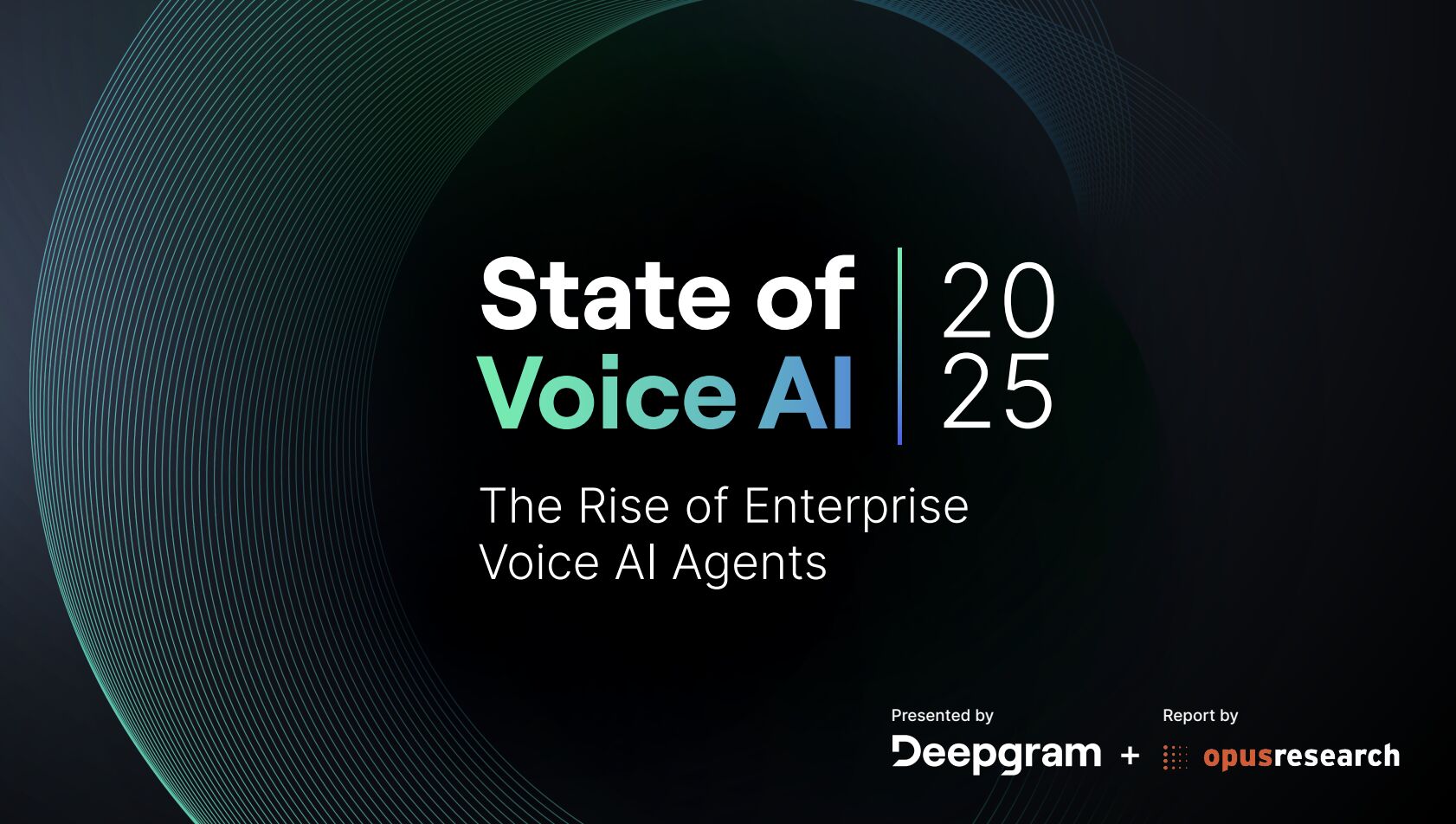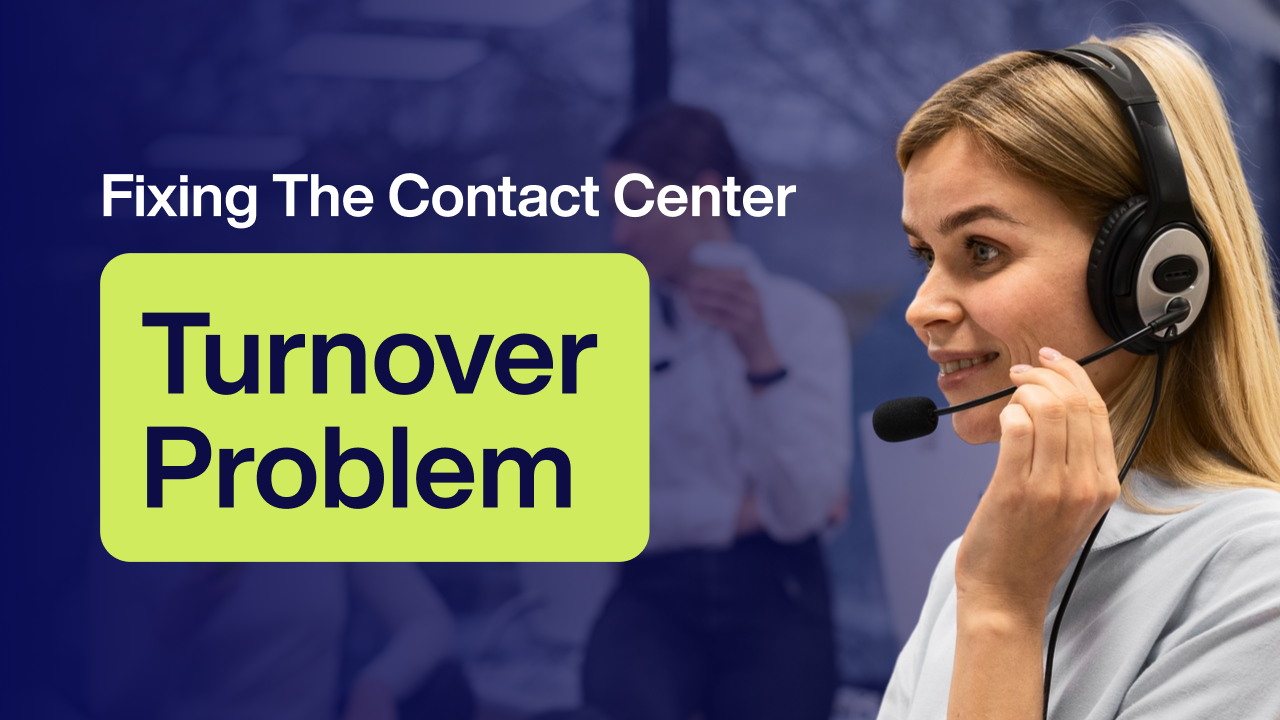Stop the Scheduling Spiral: How Hybrid AI Keeps Providers Productive and Patients Seen
.png)
The morning looked full—so why are there still gaps?
It’s 9:10 a.m. Orthopedics shows a full calendar, but two last-minute cancellations just opened. Phones are backed up, the patient portal is quiet, and by the time someone notices, those slots are gone. Later, the provider runs behind, the afternoon stacks up, and access suffers. Multiply that across clinics and it becomes a system-level drain on revenue and staff morale.
Healthcare leaders don’t need more dashboards—they need schedules that stay full, predictable, and fair to the people doing the work.
The reality: full calendars, hidden capacity
Across health systems, capacity hides in cancellations, template mismatches, no-shows, and uneven demand. Labor constraints, payer pressures, and rising patient expectations make it harder to fix with staffing alone. Clinician burnout remains a constant concern, and every minute spent chasing openings or rescheduling is a minute not spent with patients.
Why traditional scheduling falls short
Rules-based templates and manual queues can’t move at the speed of change. Patient self-serve helps, but it rarely adapts to short-notice cancellations or nuanced visit rules. Pure automation often fails patient experience tests, while pure human workflows are too slow and costly to scale.
A hybrid AI-human approach that works now
Predict demand and surface openings automatically
AI forecasts near-term demand and continuously scans for matchable openings by location, provider, visit type, and patient preference. It flags opportunities in seconds—not hours—so teams can act before the window closes.
Fill short-notice appointments without chaos
Grace™, EGS’s hybrid AI voice solution, reaches out to waitlists and eligible patients after-hours and during day-of gaps. When the situation is sensitive or complex, trained schedulers step in immediately. Patients get choice; clinics get filled schedules.
Keep providers on schedule, reduce burnout
Automated reminders and smart rules support schedule adherence without micromanaging. The focus shifts from firefighting to smooth patient flow—supporting provider productivity and reducing staff burnout.
Addressing the skeptics
“We tried bots—patients hated them.” Hybrid is different. Grace handles routine conversations and hands off instantly to a live scheduler when intent is unclear or emotion is high. Patients don’t repeat themselves.
“Integration is hard.” We start with practical, low-disruption use cases—cancellation capture, waitlist activation, and after-hours outreach—aligned to your existing EHR scheduling workflows.
“Will this really move the needle?” We measure schedule fill rate, provider productivity, no-shows, and schedule adherence by clinic. If it doesn’t improve, we adjust or pause.
What changes for your teams
- Capacity utilization: Fewer idle slots; better matching by visit type and provider.
- Open/advanced access: Same-day and short-notice scheduling without chaotic call surges.
- Provider productivity: More clinical time, fewer interruptions, steadier days.
- Scheduler experience: Less juggling; more high-value coordination.
Compliance, quality, and the bottom line
EGS operates with a compliance-first mindset for regulated environments. Conversations are transparent and auditable, and outreach adheres to consent and communication policies. The financial impact goes beyond cost takeout—think stabilized access, improved throughput, and better patient loyalty.
Why EGS
Emerging Global Services blends AI with trained human schedulers to deliver results quickly and safely. Our nearshore teams in Mexico provide scalable, bilingual coverage; Grace™ accelerates outreach; and our healthcare specialists focus on practical implementation, not theory. We augment your staff, we don’t replace them—and we measure success in filled schedules, reduced burnout, and real ROI.

No Spam —
Just Good Stuff.
Join our newsletter for actionable advice, insider knowledge, and strategies that drive real results.
No fluff, just value.
.png)
%20(1).png)
From The Blog
Read All Articles
Hybrid AI in Banking: Handling Complex Service Without Losing the Human Touch

Hybrid AI for Financial Services: Solving Complex Service Without Losing the Human Touch

How Hybrid AI Reduces Patient No-Shows and Scheduler Burnout

Hybrid AI That Actually Moves the Needle in Healthcare RCM

How AI-Human Collaboration Elevates Quality Assurance on the Factory Floor

Why Nearshore Hybrid BPOs Outperform Offshore Automation Centers

How Hybrid AI Voice Bots Elevate CX and Make Agents Unstoppable

AI‑Human Hybrid Support That Elevates Fraud Detection and Compliance

How Hybrid AI Streamlines Healthcare Revenue Cycle—Without Losing the Human Touch

AI-human hybrid quality assurance for supply chain accuracy

Why Nearshore Hybrid BPOs Outperform Offshore Automation Centers

AI + Human QA on the Line: How Hybrid Teams Raise Manufacturing Quality

Why Nearshore Hybrid BPOs Outperform Offshore Automation Centers

How AI-Human Collaboration Elevates Quality Assurance in Modern Manufacturing

Hybrid AI That Keeps Schedules Full: Reducing Patient No‑Shows and Burnout

Why Nearshore Hybrid BPOs Outperform Offshore Automation Centers

Hybrid AI That Quietly Fixes Healthcare RCM—Starting With the Schedule

How AI-Human Collaboration Raises the Bar on Manufacturing Quality Assurance

How Hybrid AI Tackles the Toughest Banking Service Moments

AI + Human QA: How Hybrid Teams Catch Defects Early and Strengthen Audits

How Hybrid AI Cuts Churn in Telecom and Retail—Without Losing the Human Touch

Hybrid AI for Financial Services: Faster Resolution, Stronger Compliance, Human-Centered Support

Hybrid AI That Fills Schedules and Eases Burnout: Reducing Patient No-Shows in Healthcare

Hybrid AI-human support that strengthens fraud detection and compliance—without breaking customer trust

AI + Humans: Elevating Quality Assurance on the Factory Floor

AI-human hybrid quality assurance for supply chain accuracy

Hybrid AI That Keeps Schedules Full—and Clinicians Fresh

AI-Human Hybrid Support: Stronger Fraud Detection and Compliance at the Contact Center

Why Nearshore Hybrid BPOs Outperform Offshore Automation Centers

From Empty Slots to Full Days: Hybrid AI Scheduling That Reduces Burnout

From No‑Shows to Full Days: Hybrid AI That Fixes Provider Schedules Without Burning Out Staff

From Empty Slots to Full Schedules: Hybrid AI That Boosts Access and Reduces Burnout

Stop the Scheduling Spiral: Hybrid AI That Fills Schedules Without Burning Out Providers

Stop Empty Slots from Fueling Burnout: Hybrid AI-Human Scheduling for Health Systems

From Empty Slots to Full Days: Hybrid AI Scheduling for Health Systems

From Hold Music to Full Schedules: Hybrid AI That Lifts Provider Productivity Without Burning Out Staff

Stop the Scheduling Whiplash: Hybrid AI That Fills Last‑Minute Openings Without Burning Out Your Staff
.png)
AI & Financial Services: Where Compliance Meets Conversation

E-commerce's Hybrid AI Advantages: From Order Status to Complicated Returns
.png)
Customer Service & Experience East 2025 (Reuters Events)
.png)
NACHC’s Workforce Conference (formerly FOM/IT)
.png)
Healthcare's AI-Human Sweet Spot: When Empathy Meets Efficiency
.png)
Choosing the Right Contact Center Technology Stack for Your Industry
.png)
Order Management Support: Where AI Excels & Where It Fails
.png)
Customer Success vs. Customer Support: When to Use AI vs. Human Touch

687% Increase in Referral Processing in 6 Months: How One Healthcare Organization Turned Its Patient Support Around

5 Warning Signs Your Medical Referral Process Needs Immediate Attention

AI‑Powered Healthcare Contact Centers: What CX Leaders Need to Know

AI‑Powered Healthcare Contact Centers: What You Need to Know

Healthcare Contact Centers: What Others Are Just Diagnosing, EGS Has Already Solved

Real-Life Use Cases of Contact Center Automation for Cost Reduction

5 Proven Use Cases of Contact Center Automation That Cut Costs by Up to 30%

How Leading Companies Are Reducing Support Costs and Boosting Customer Satisfaction with AI

Real-Life Use Cases of Contact Center Automation for Cost Reduction

Unlocking Efficiency, Speed, and Patient Satisfaction through AI

How Healthcare Leaders Can Leverage AI to Transform Customer Experience (CX)

FQHC-Led Medicaid ACO Innovation: How Illinois is Reinventing Community Care through Value-Based Models

Expanding Access to Mental Health: How Telebehavioral Health Is Transforming Care in Frontier Idaho

Idaho’s Medicaid Expansion: Fueling Growth and Stability in Community Health Centers

Integrating Native Hawaiian Healing Practices: A Cultural Shift in Community Healthcare

Connecting Islands Through Telehealth: How Hawaii’s FQHCs Are Breaking Barriers with Virtual Care

How EGS Leverages Extensible, Integrated Technology to Simplify Health Systems

Addressing Georgia's Maternal Health Crisis: How FQHCs Are Leading the Way




















.png)


.png)
.png)
.png)
.png)
.png)
.png)
.png)
.png)
.png)
.png)



